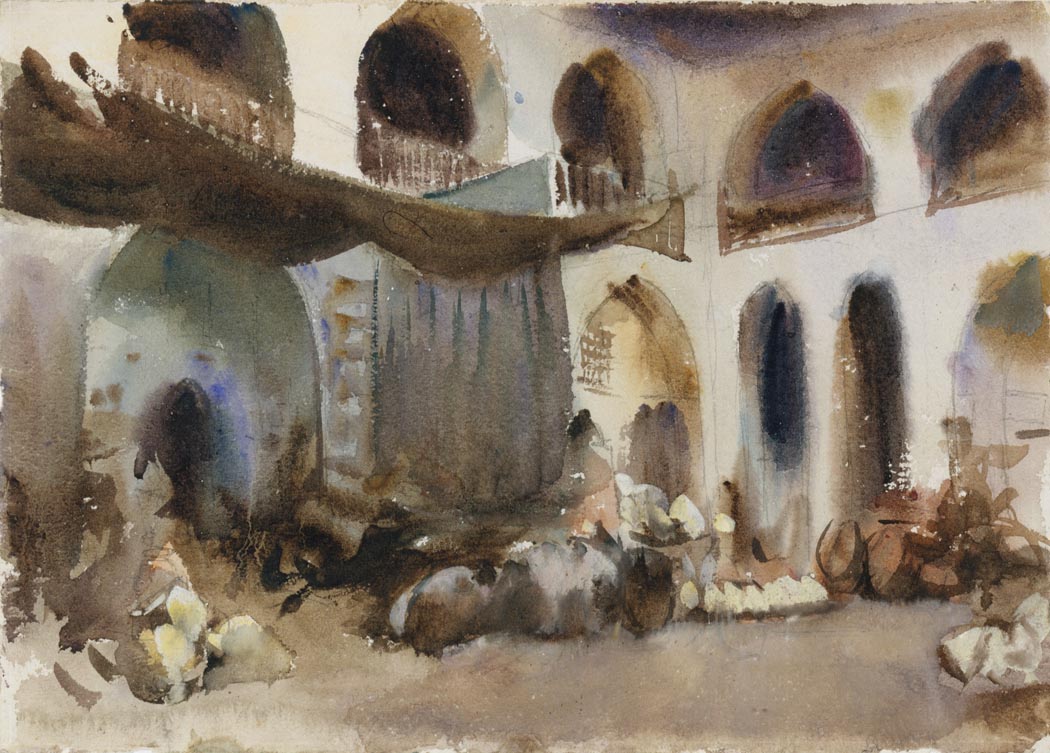
• Where subjects/shapes overlap one another, there might be a blurring of each subject or shape into the other, but the softening of edges is wider in some spots, and edges are harder in other spots
Variable blurring of edges can be used to bring more attention to certain subjects/shapes by making them harder edged than others.
Variable blur on the edges of a single object/character/shape can also be used to indicate where a form is rounded as it recedes in space from the viewer (creating a softened edge) and where a form is more angular at its edge, turning sharply away from the viewer (creating a harder edge.)
Also, where the side of a subject/shape that is most brightly lit is seen against a dark background, a hard edge can emphasize this contrast. Likewise, a hard edge can emphasize the contrast between the shadow side of an object and a lighter background. Conversely, where an object and the background have similar values, a blurred edge can deemphasize any contrast in values.
Variable blurring can also create a photographic look when objects on a certain focal plane have harder edges and objects in front of and behind this plane have progressively softer edges as they move away from the focal plane.
Featured: Market Place by John Singer Sargent.